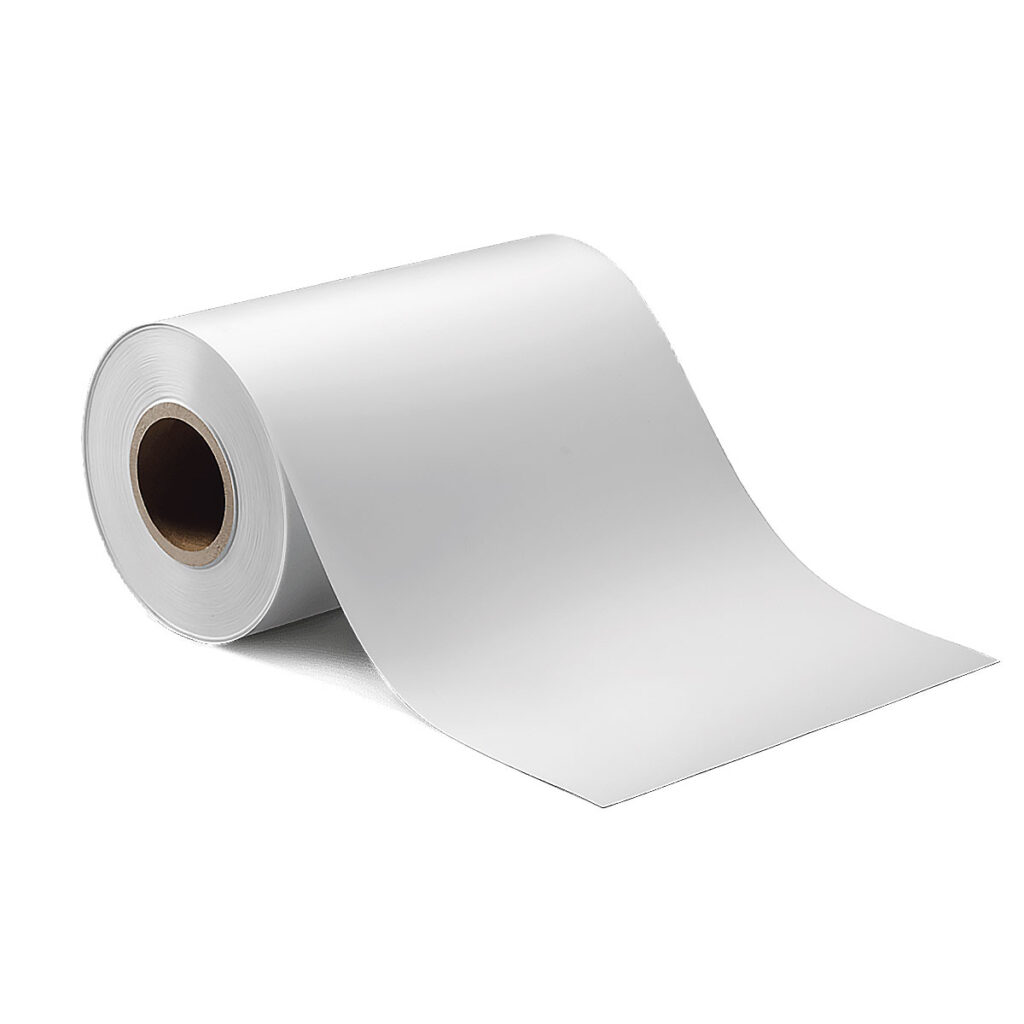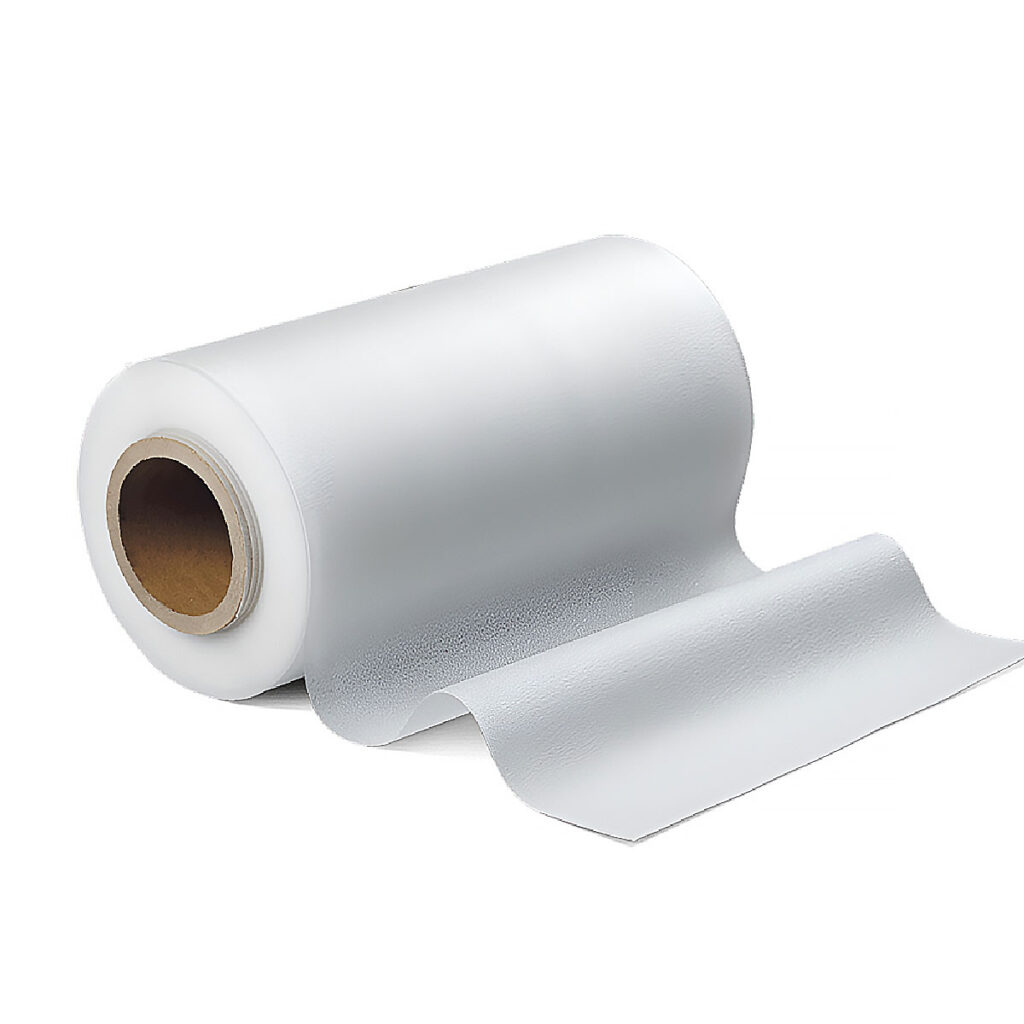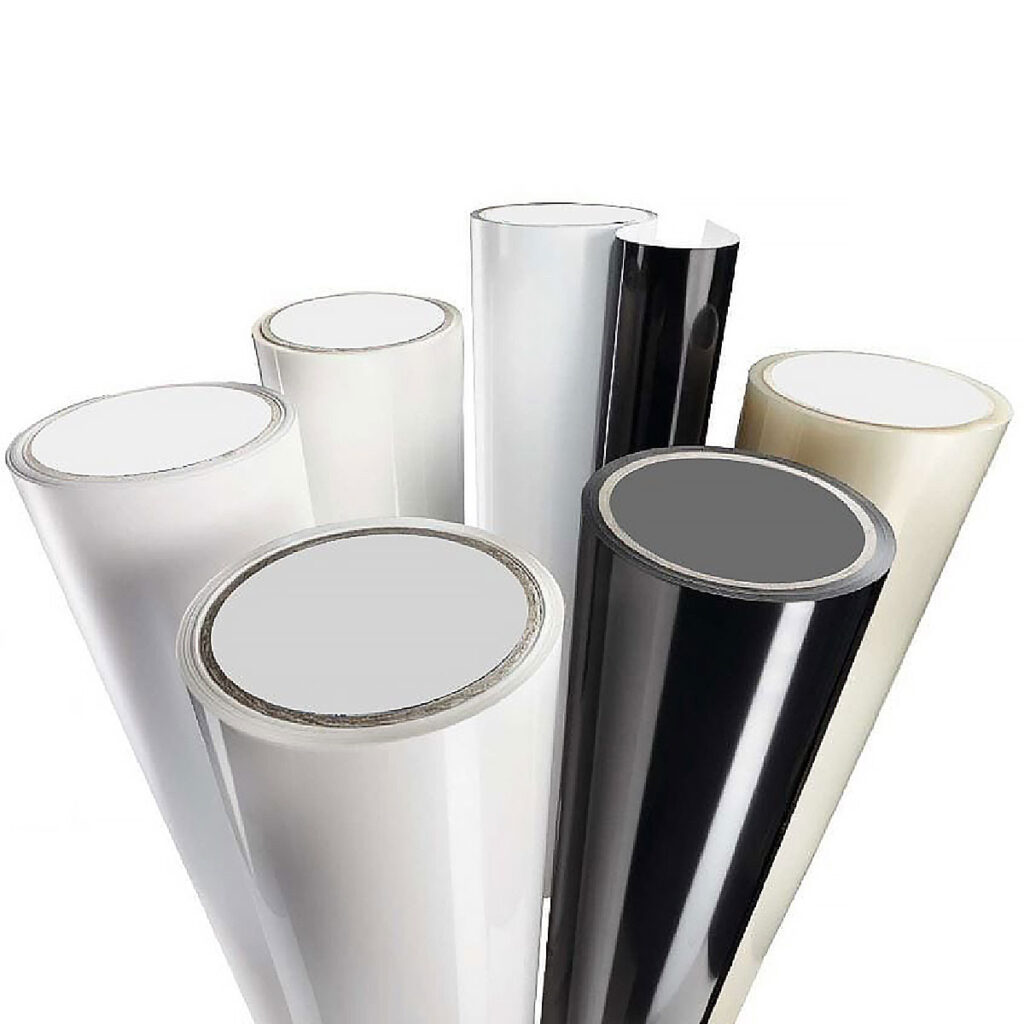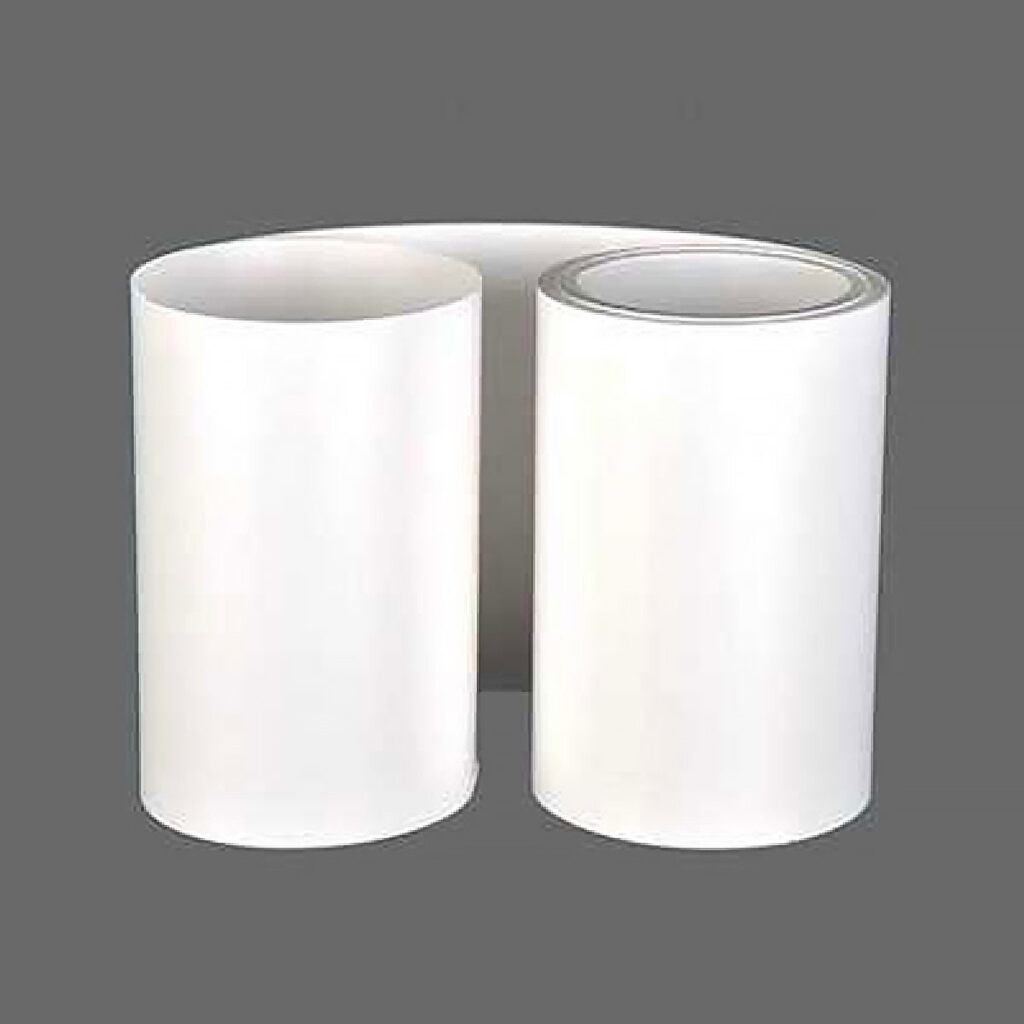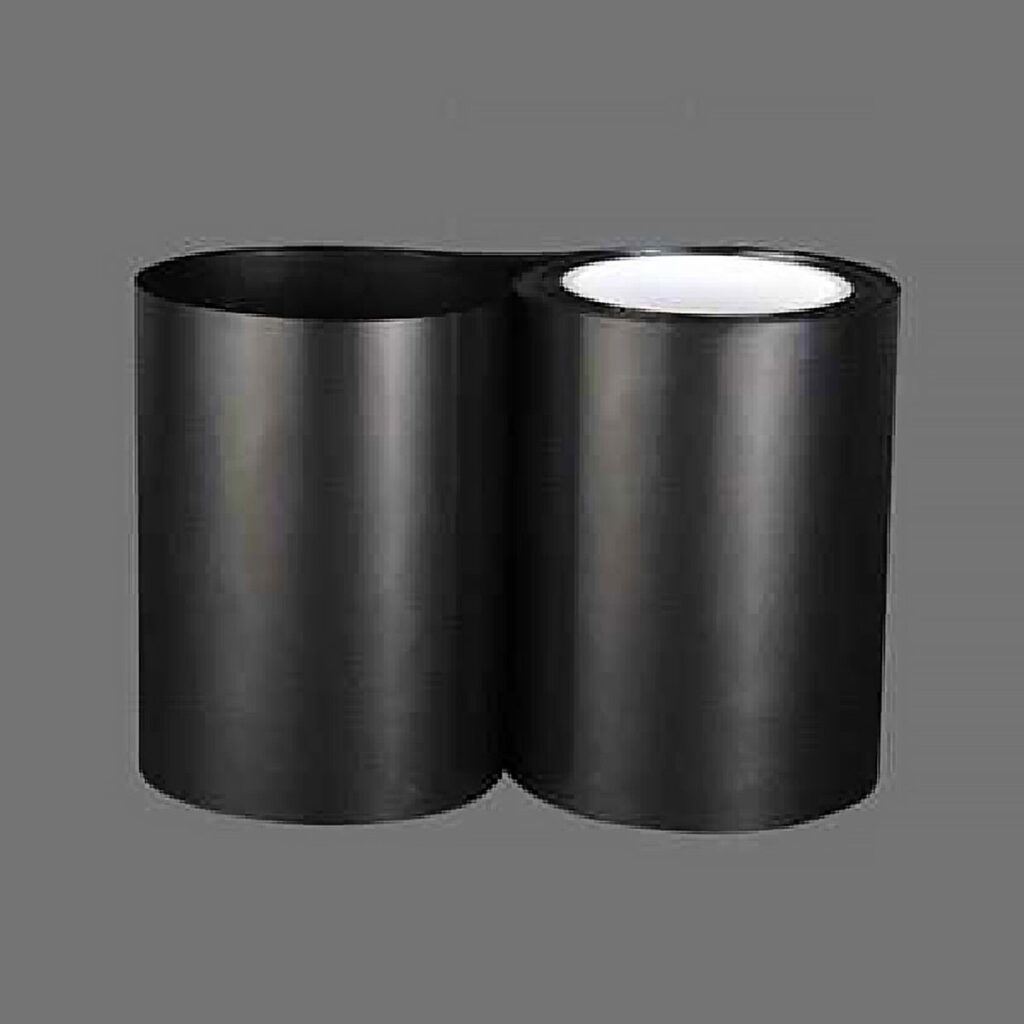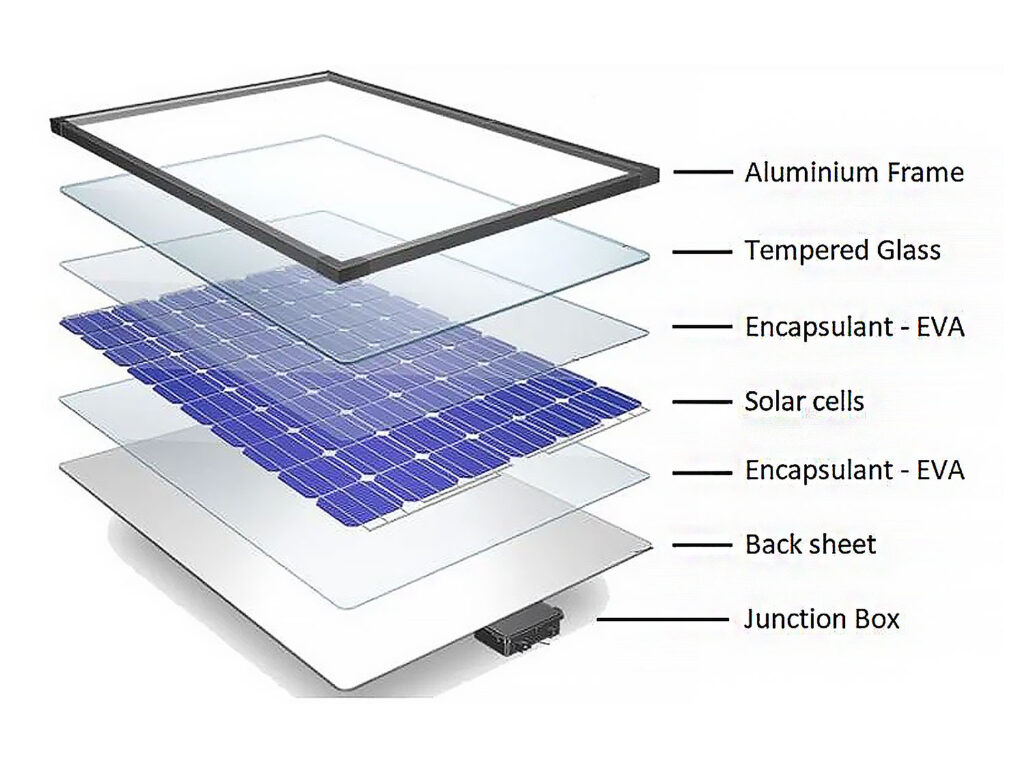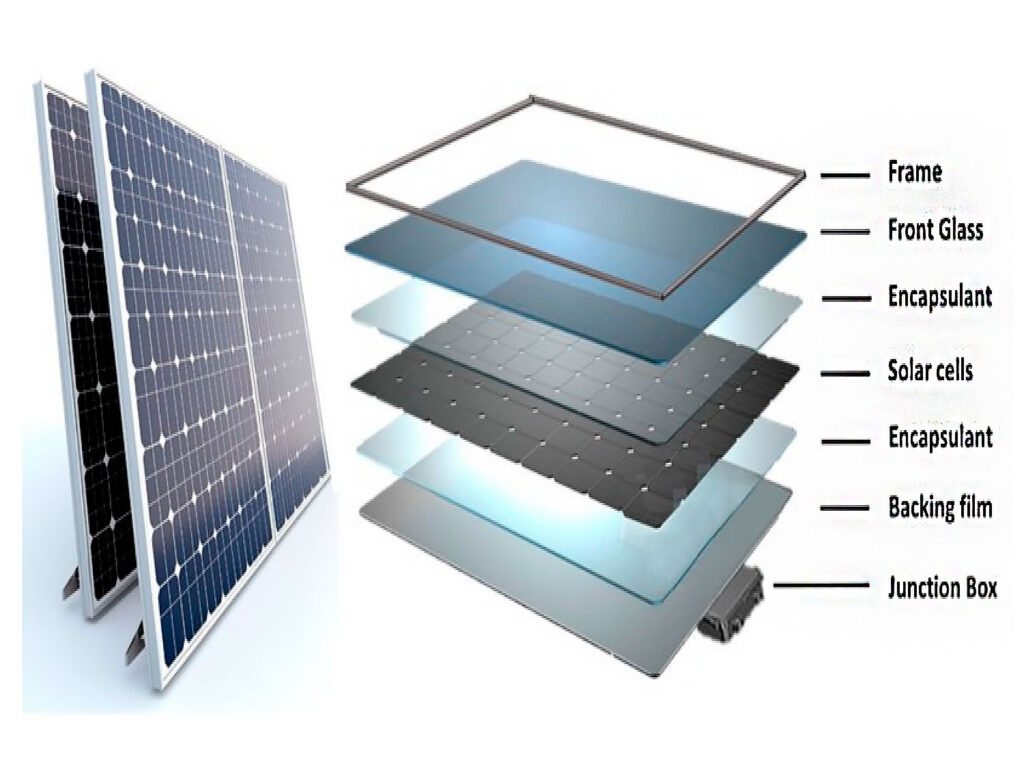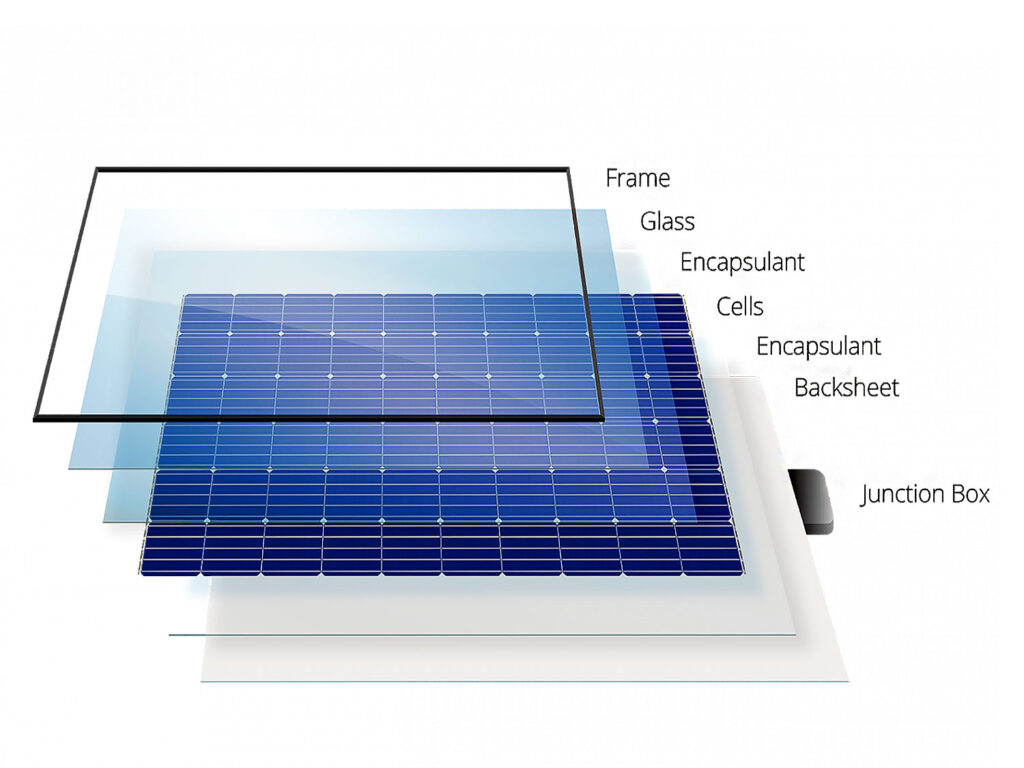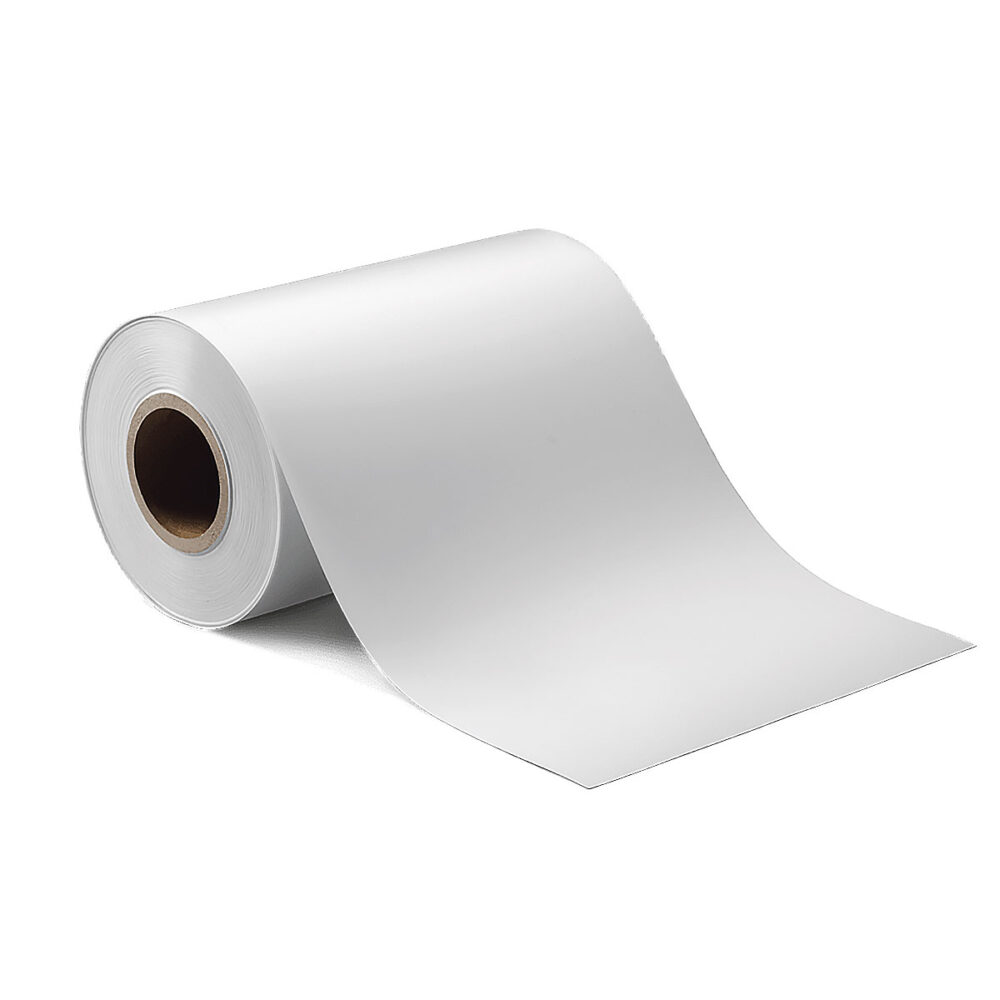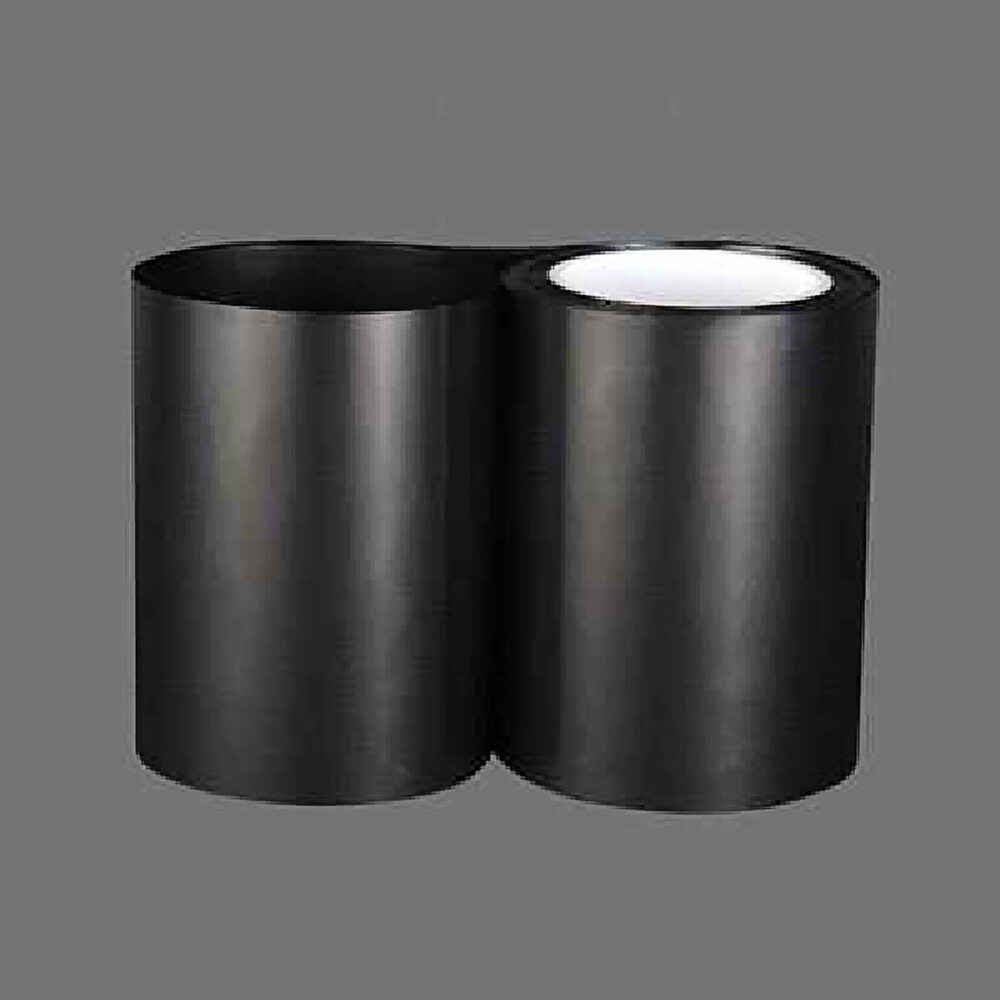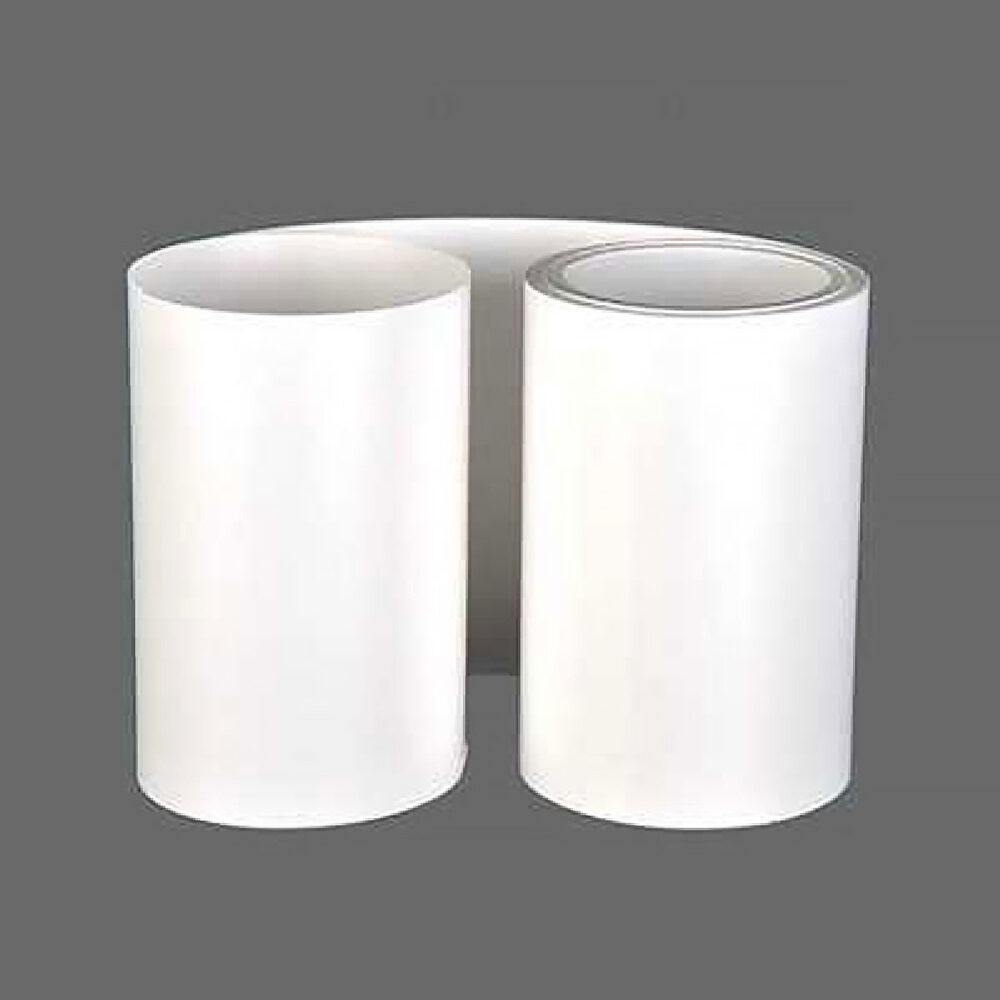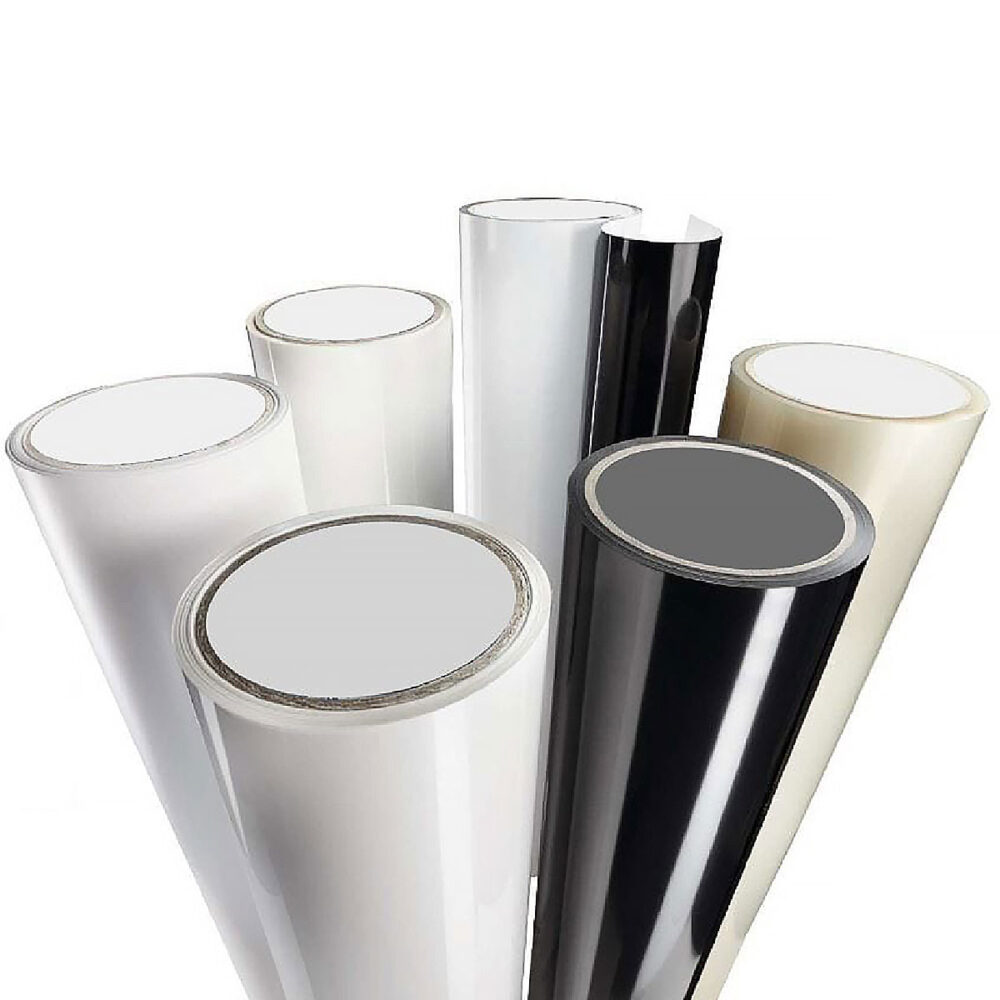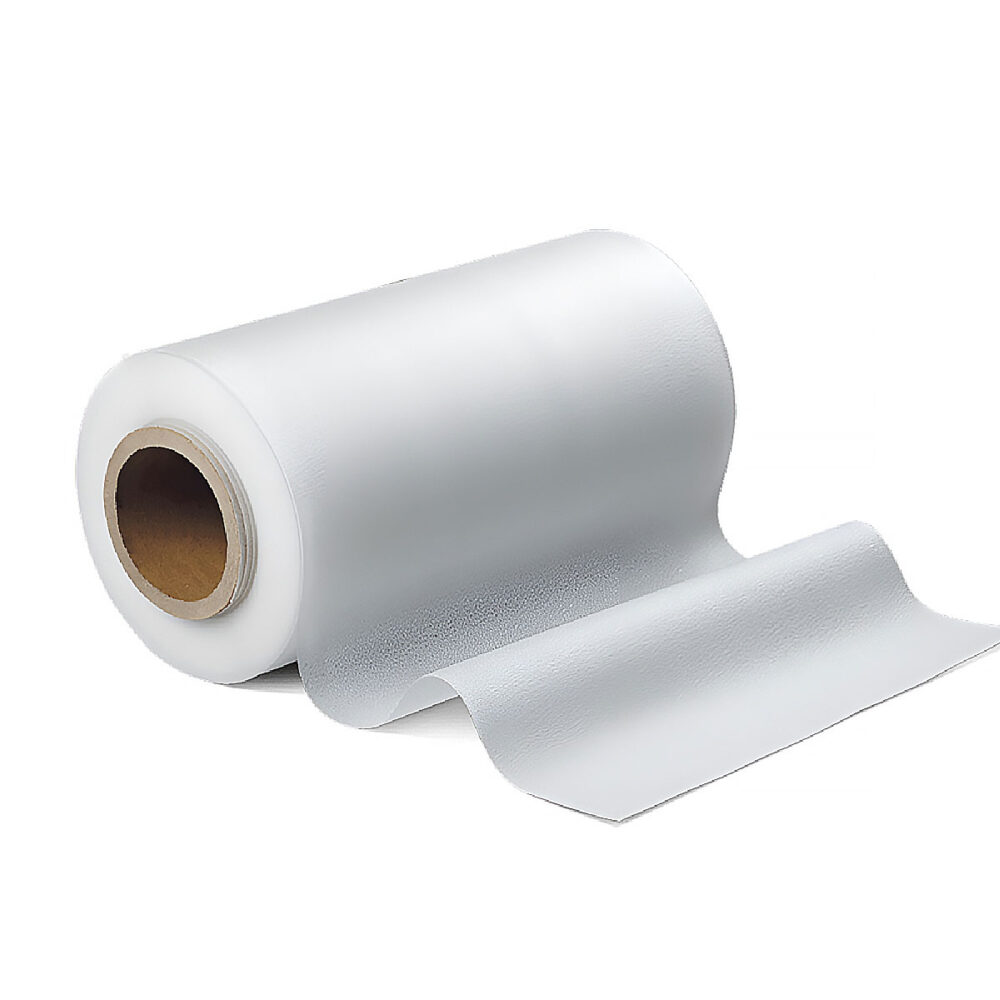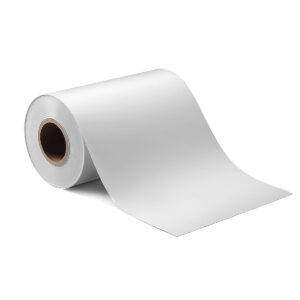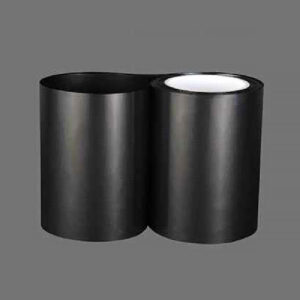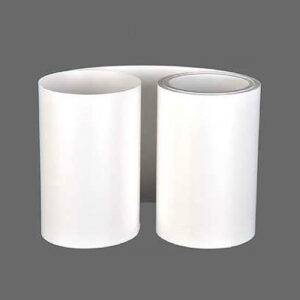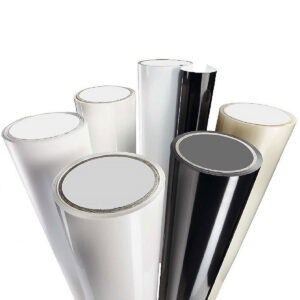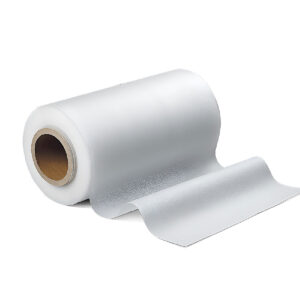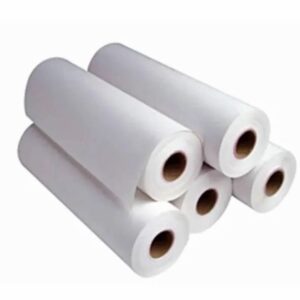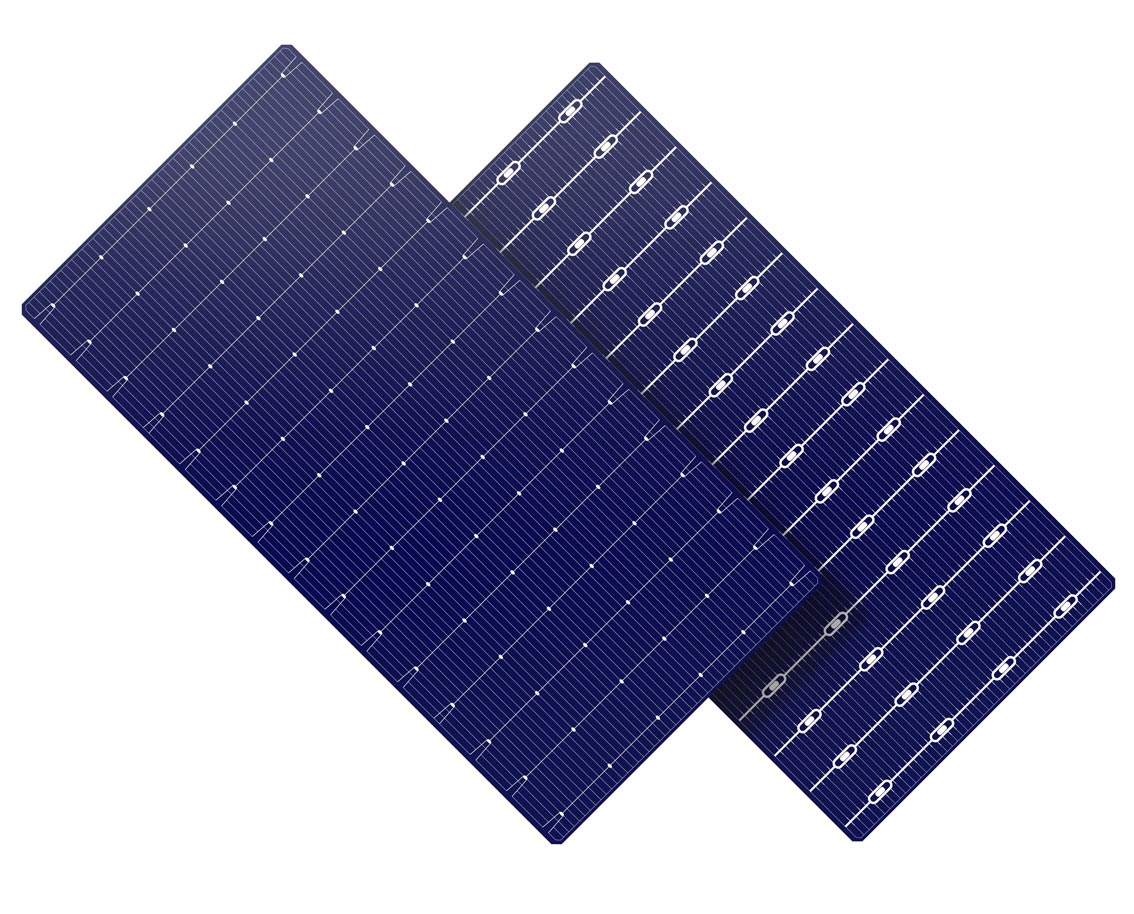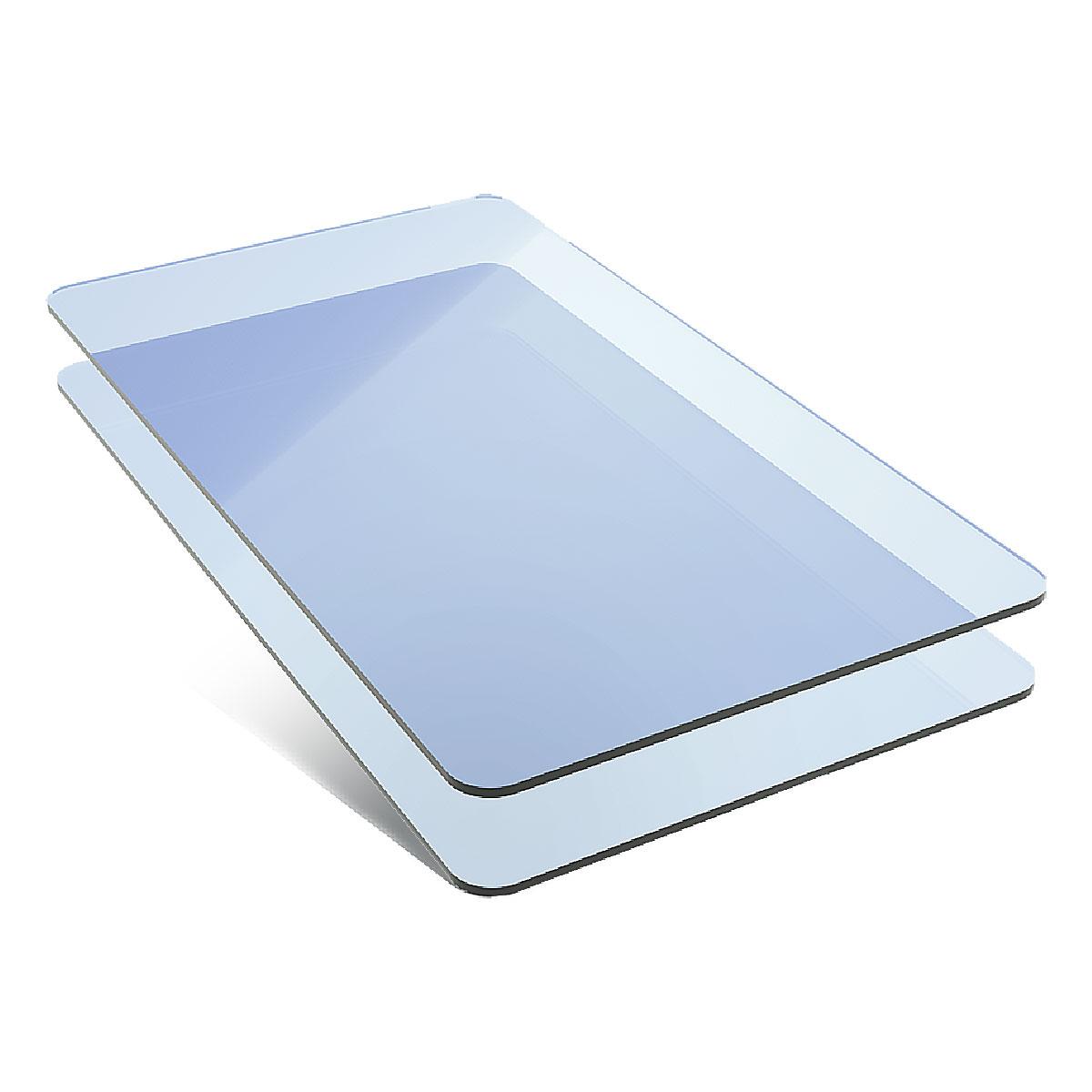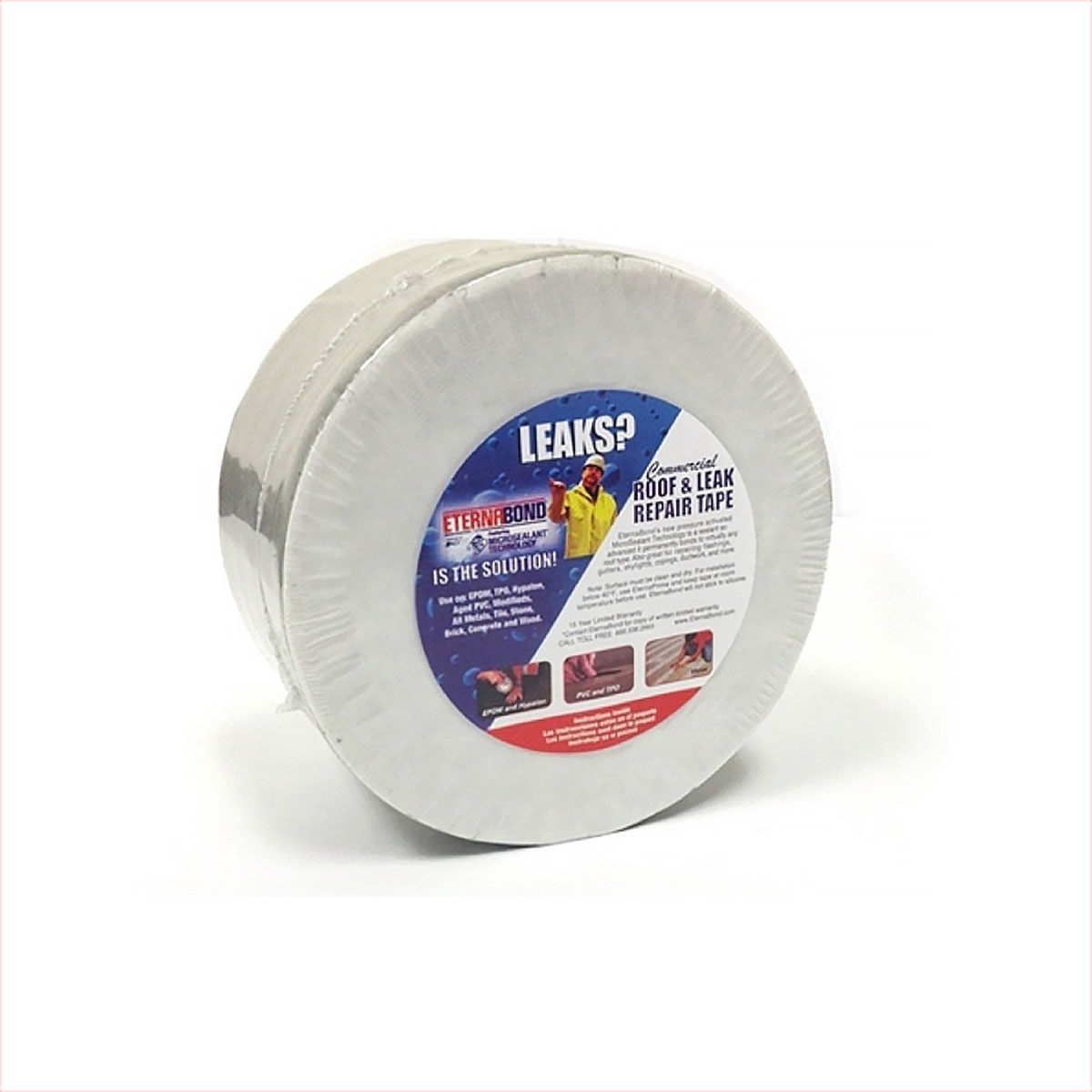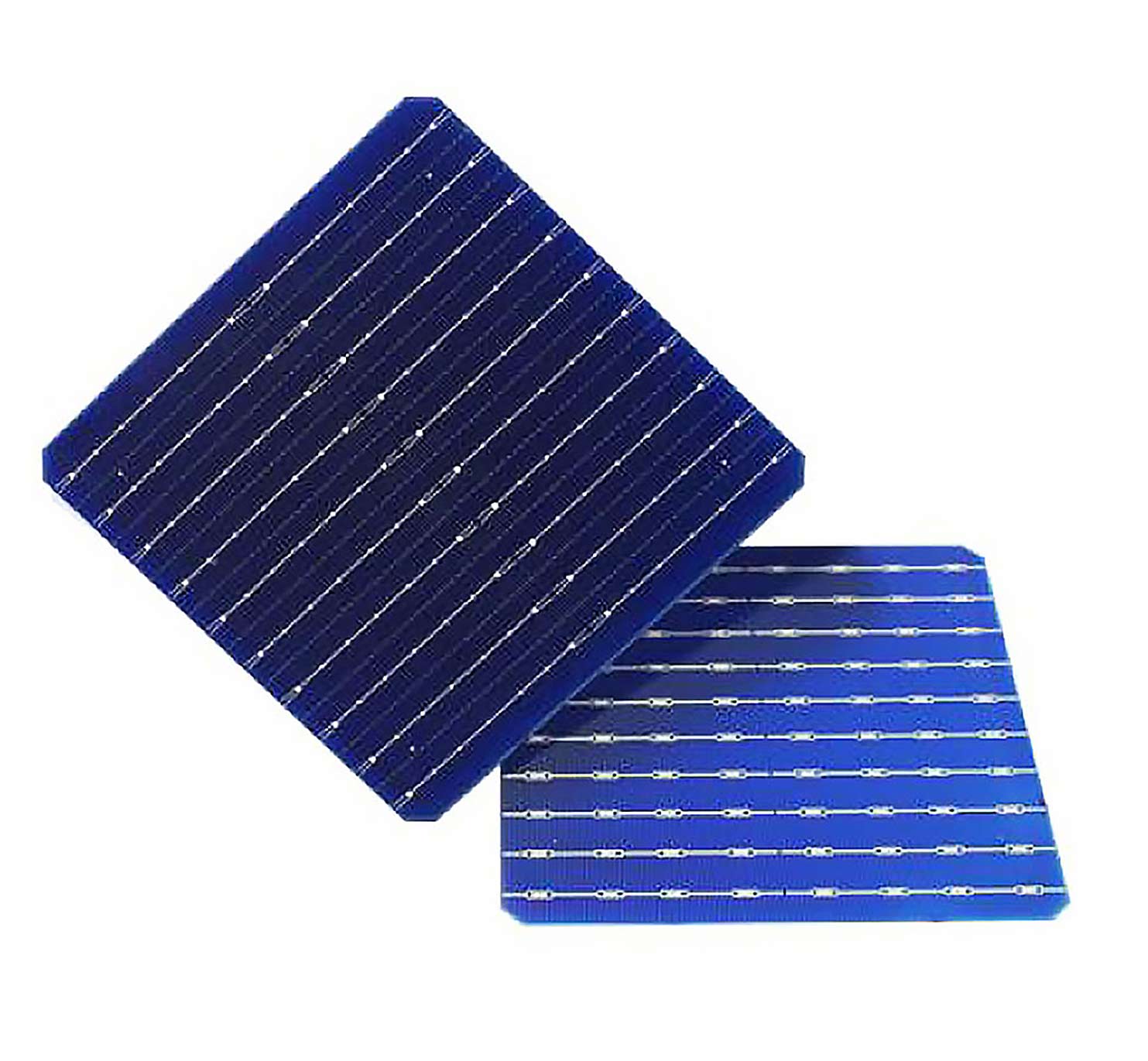Description
|
General Specifications about Solar Backsheet |
|||||||||||
|
The backsheet in solar panels is the layer covering the back of the solar panel and is an important part of its structure, protecting the solar cells and internal components. |
|||||||||||
|
The most important functions of the backsheet |
|||||||||||
|
– |
Electrical insulation to protect the system from electrical leaks. |
||||||||||
|
– |
Prevents moisture penetration to protect the solar cells. |
||||||||||
|
– |
Withstands ultraviolet radiation for extended periods without deteriorating. |
||||||||||
|
– |
Improves the long-term efficiency of the solar panel. |
||||||||||
|
Common types of backsheet: |
|||||||||||
|
– |
White backsheet: Popular because it reflects heat. |
||||||||||
|
– |
Black backsheet: Used for aesthetic purposes but absorbs more heat. |
||||||||||
|
– |
Transparent backsheet: Used in some bifacial module designs. |
||||||||||
|
|
|||||||||||
|
Examples of specifications for some types of Solar Encapsulant |
|||||||||||
|
|
|||||||||||
|
Back sheet of solar panel (TYPE: RO-PET) |
|||||||||||
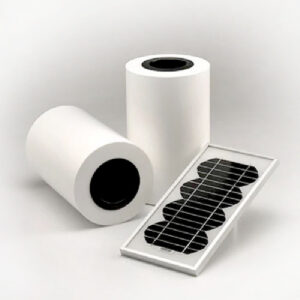 |
|||||||||||
|
Technical Specification |
|||||||||||
|
Properties |
Units |
Parameter |
|||||||||
|
Color |
|
White or Black |
|||||||||
|
Thickness |
mm |
320 ± 20 |
|||||||||
|
Length |
m/roll |
150 |
|||||||||
|
Width |
mm |
Customization0/+7 |
|||||||||
|
Tensile strength |
Mpa |
MD ≥100, TD≥ 100 |
|||||||||
|
Elongation at break |
Mpa |
MD ≥100, TD≥ 80 |
|||||||||
|
Heat shrink 150℃, 30Min) |
% < |
1.5 |
|||||||||
|
PVDF film/PET film peeling force |
≥ 4.0 N/cm |
||||||||||
|
BS/EVA peel strength ≥ |
60N/1.5cm |
||||||||||
|
Inner reflectance |
≥ 80% |
||||||||||
|
Falling sand test |
≥160L |
||||||||||
|
Water vapor transmission rate 38 ℃, 90% RH |
1.5g/m2 |
||||||||||
|
Breakdown voltage |
≥ 20KV |
||||||||||
|
Partial discharge |
≥ 1500 VDC |
||||||||||
|
CTI |
≥ 600V |
||||||||||
|
Thermal index TI |
120 ℃ |
||||||||||
|
Testing environment conditions: temperature 23 ± 2 ℃ , |
|||||||||||
|
Excellent properties |
|||||||||||
|
– |
Designed with a PVDF/Adh/PET/Coating Structure |
||||||||||
|
– |
Tensile Strength of ≥100 MPa and Elongation at Break ≥80% |
||||||||||
|
– |
High Breakdown Voltage of ≥18 kV and Exceptional Partial Discharge Voltage of 1000V or 1500V |
||||||||||
|
– |
Excellent Light Transmittance (≥85%) and Reflectivity (≥75%) |
||||||||||
|
– |
Outstanding Weather and Thermal Stability |
||||||||||
|
|
|||||||||||
|
Back sheet of solar panel (TYPE: PET-KPC) |
|||||||||||
|
|
|||||||||||
|
|
|||||||||||
|
Technical Specification |
|||||||||||
|
Model |
Colors |
Aggregate thickness |
Breadth |
Structure |
Thickness of each layer (Standard thickness) |
||||||
|
Inshine 301Y (1000V) |
White, black |
287.5µm (0, +5%) |
≤1300mm |
PVDF//Adh//PET//Coating |
22. 5µm//10µm//250µm //5µm |
||||||
|
Inshine 301H (1500V) |
White, black |
312.5µm (0, +5%) |
≤1300mm |
PVDF//Adh//PET//Coating |
22. 5µm//10µm//250µm //5µm |
||||||
|
Inshine301Y-T (1000V) |
Transparent |
287.5µm (0, +5%) |
≤1300mm |
PVDF//Adh//PET//Coating |
22. 5µm//10µm//250µm //5µm |
||||||
|
Inshine301H-T (1500V) |
Transparent |
312.5µm (0, +5%) |
≤1300mm |
PVDF//Adh//PET//Coating |
22. 5µm//10µm//250µm //5µm |
||||||
|
|
|||||||||||
|
Test project |
Unit |
Quoted standard |
Specification value |
||||||||
|
Appearance |
— |
— |
Without impurities, bubble, fold, etc. |
||||||||
|
Tensile strength |
MPa |
GB/T 13542.2-2009 |
TD≥100; MD≥100 |
||||||||
|
Elongation at break |
% |
GB/T 13542.2-2009 |
TD≥80; MD≥100 |
||||||||
|
Hot-shrinkage rate (150°C-30min) |
% |
GB/T 13542.2-2009 |
-0.2 ≤TD ≤0.2; MD ≤0.6 |
||||||||
|
Coating adhesion |
Grade |
GB/T 9286-1998 |
Lv. 0 |
||||||||
|
Peel strength with EVA |
N/cm |
GB/T 2790-1995 |
≥60 |
||||||||
|
Breakdown voltage |
KV |
GB/T 1408.1-2016 |
≥18 |
||||||||
|
Partial discharge voltage |
VDC |
IEC 60664-1-2007 |
Inshine301Y: 1000V Inshine301H: 1500V |
||||||||
|
Water vapor transmittance 38°C-90%RH |
g/(m² day) |
GB/T 26253-2010 |
<2.0 |
||||||||
|
Volume resistivity |
Ω.CM |
GB/T 31838-2-2019 |
≥1.0*1015 |
||||||||
|
Reflectivity(400nm-1100nm) |
% |
ASTM E424-2015 |
≥75% (Write KPC) |
||||||||
|
Light transmittance (400nm-1100nm) |
% |
ASTM E424-2015 |
≥85% (Transparent KPC) |
||||||||
|
Boiling water treatment |
Appearance detection |
— |
GB/T 17748-2008 |
No delamination, no foaming, no cracking |
|||||||
|
Peel strength with EVA |
N/cm |
≥40 |
|||||||||
|
Cold and heat cycle test |
Appearance detection |
— |
IEC 61215-2-2016 |
No delamination, no foaming, no cracking |
|||||||
